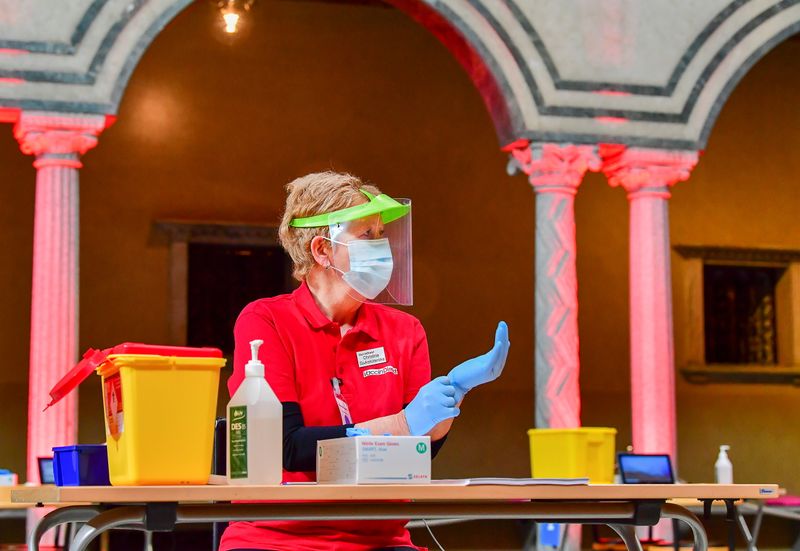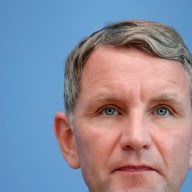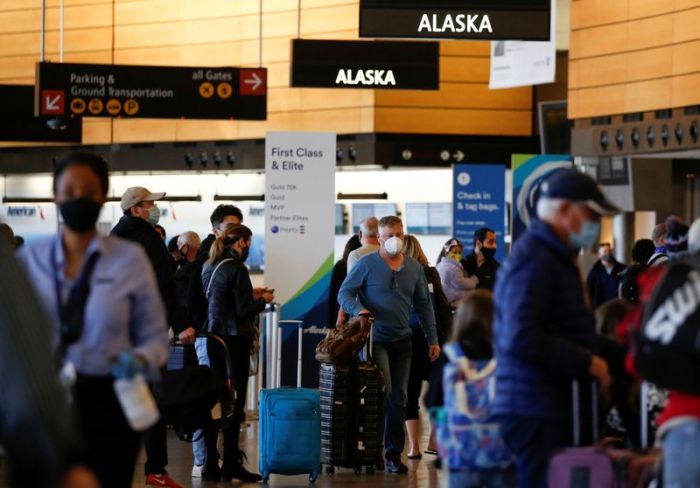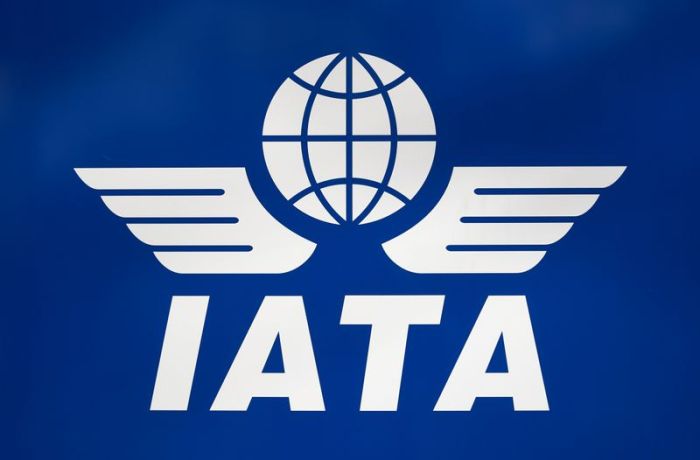STOCKHOLM (Reuters) – Swedes under 65 who have had one shot of AstraZeneca’s COVID-19 vaccine will be given a different vaccine for their second dose, the Swedish Health Agency said on Tuesday.
Sweden paused the use of the AstraZeneca vaccine in March after reports of rare, but serious, blood clots among people who had received that shot. It later resumed the use of AstraZeneca’s vaccine, but only for people aged 65 or above.
“We have come to the conclusion that people under 65 who have already been vaccinated with AstraZeneca are recommended to receive a second dose of mRNA vaccine, such as Pfizer or Moderna,” Chief Epidemiologist Anders Tegnell told a news conference.
He said that the benefits of the AstraZeneca vaccine clearly outweighed the risks for people over 65.
Sweden, which has shunned lockdowns throughout the pandemic, is in the midst of a third wave of the pandemic which is straining the healthcare system.
The country registered 16,692 new coronavirus cases since Friday, health agency statistics showed on Tuesday, a decrease compared with 19,105 cases during the corresponding period last week.
While cases have been high, the Health Agency credits the vaccination scheme for keeping the number of deaths in recent weeks relatively low.
More than 265,000 people have had a vaccine shot since Friday, meaning 23.1% of the population above 18 have now received at least one injection.
The country of 10 million inhabitants registered 37 new deaths, taking the total to 13,825. The deaths registered have occurred over several days and sometimes weeks.
Sweden’s death rate per capita is many times higher than that of its Nordic neighbours’ but lower than in most European countries that opted for lockdowns.
(Reporting by Johan Ahlander and Niklas Pollard; Editing by Simon Johnson)

















